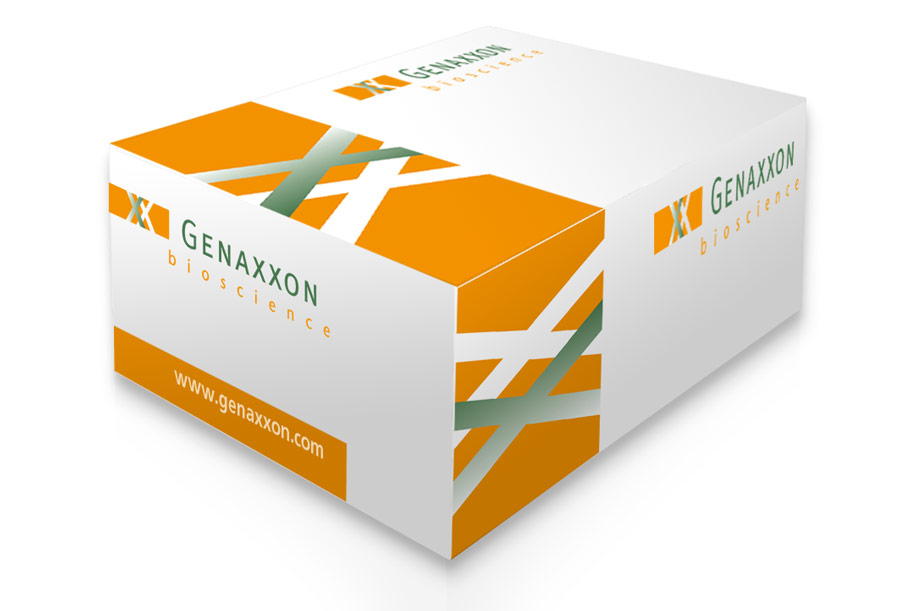No results were found for the filter!
 1-Thio-ß-D-glucose sodium salt dihydrate
1-Thio-ß-D-glucose sodium salt dihydrate Purity: >99% (HPLC). CAS: [10593-29-0] - C6H11NaO5S x 2 H2O
From €124.60 *
 D-Galactosamine x HCl
D-Galactosamine x HCl Galactosamine is a hexosamine derived from galactose with the molecular formula C6H13NO5. This amino sugar is a constituent of some glycoprotein hormones such as follicle-stimulating hormone (FSH) and luteinizing hormone (LH). Other...
From €127.21 *
 D-Raffinose pentahydrate (min. 98% HPLC)
D-Raffinose pentahydrate (min. 98% HPLC) D-Raffinose also known as O-α-D-Galactopyranosyl-(1→6)-α-D-glucopyranosyl β-D-fructofuranoside; Melitose; Melitriose; Melitose pentahydrate.
From €70.24 *
 D-Xylulose (min. 99%)
D-Xylulose (min. 99%) Synonyms: D-threo-pent-2-ulose. Xylulose a ketopentose, is a monosaccharide containing five carbon atoms, and including a ketone functional group. In nature, it occurs in both the L- and D-enantiomers. L-Xylulose accumulates in the urine...
From €374.99 *
NEW
 D.(+)-Galacturonic acid monohydrate (>98% by...
D.(+)-Galacturonic acid monohydrate (>98% by... Galacturonic acid (GalA) is the primary building block of mainly pectin but also other biopolymers found in plants. The polymeric GalA chains in pectin, are linked by alpha-1,4 glycosidic bonds. Some of the carboxyl groups are methylated...
From €180.25 *
 D(+)-Fucose (6-Deoxy-D-galactose), min. 99%
D(+)-Fucose (6-Deoxy-D-galactose), min. 99% D-Fucose (6-Deoxy-D-galactose) may be used for different purposes. 1. In studies of fucoidan polysaccharide containing glycans. 2. D-Fucose is used as a substrate to identify, differentiate and characterize enzymes such as the...
From €83.55 *
 D(+)-Galactose from beech (min. 98.0% HPLC)
D(+)-Galactose from beech (min. 98.0% HPLC) Highly pure D(+)-Galactose derived from beech. Guaranteed free of any animal contaminants!
From €52.27 *
 D(+)-Galactose from lactose (min. 98.0% HPLC)
D(+)-Galactose from lactose (min. 98.0% HPLC) Galactose is a monosaccharide. When combined with glucose (monosaccharide), through a condensation reaction, the result is the disaccharide lactose. The hydrolysis of lactose to glucose and galactose is catalyzed by the enzymes lactase...
From €40.79 *
 D(+)-Maltose monohydrate Biochemica (min. 95%...
D(+)-Maltose monohydrate Biochemica (min. 95%... Maltobiose, 4-O-a-D-Glucopyranosyl-D-glucose, CAS: [6363-53-7] - C12H22O11H2O
From €45.32 *
 D(+)-Trehalose dihydrate, min. 98% (HPLC)
D(+)-Trehalose dihydrate, min. 98% (HPLC) Trehalose , also known as mycose or strong>tremalose, is a natural alpha-linked disaccharide formed by an alpha,alpha(1,1) glucoside bond between two alpha-glucose units. It can be synthesised by bacteria, fungi, plants, and invertebrate...
From €107.88 *
 Glycogen from Oyster
Glycogen from Oyster Glycogen is used to precipitate nanograms of DNA very efficiently. Mainly used if nucleic acids are precipitated with 0.5M ammonia-acetate and iso-Propanol. Ref.: Sambrook J., & Russel D.W. (2001) Molecular Cloning: A Laboratory Manual,...
From €89.38 *
 Hyaluronic acid sodium salt
Hyaluronic acid sodium salt Hyaluronic acid (HA) also called hyaluronan, hyaluronate is an anionic, nonsulfated glycosaminoglycan distributed widely throughout connective, epithelial, and neural tissues. It is unique among glycosaminoglycans in that it is...
From €68.27 *
TIPP!
 L-Fucose (6-Deoxy-L-galactose), min. 98%
L-Fucose (6-Deoxy-L-galactose), min. 98% L-Fucose CAS 2438-80-4 (6-Deoxy-L-galactose) may be used for different purposes. 1. In studies of fucoidan polysaccharide containing glycans. 2. L-Fucose is used as a substrate to identify, differentiate and characterize enzymes such as...
From €185.66 *
 L-Glucose, min. 99% (HPLC)
L-Glucose, min. 99% (HPLC) L-(−)-Glucose is an enantiomer of the more common D-glucose. L-Glucose cannot be used by cells as an energy source because it cannot be phosphorylated by hexokinase.
From €106.48 *
 L-Rhamnose Monohydrate (min. 98%)
L-Rhamnose Monohydrate (min. 98%) Rhamnose is a naturally occurring 6-deoxy monosaccharide consisting of six carbon atoms (hexose) and stereochemically derived from mannose (6-deoxymannose). Unlike the other naturally occurring sugars, this one exists only in the L-form...
From €97.85 *
 Lactulose crystal. (min. 99.0% HPLC)
Lactulose crystal. (min. 99.0% HPLC) ß-D-Galp(1->4)-D-fruc, 4-O-β-D-Galactopyranosyl-D-fructose
From €80.34 *
